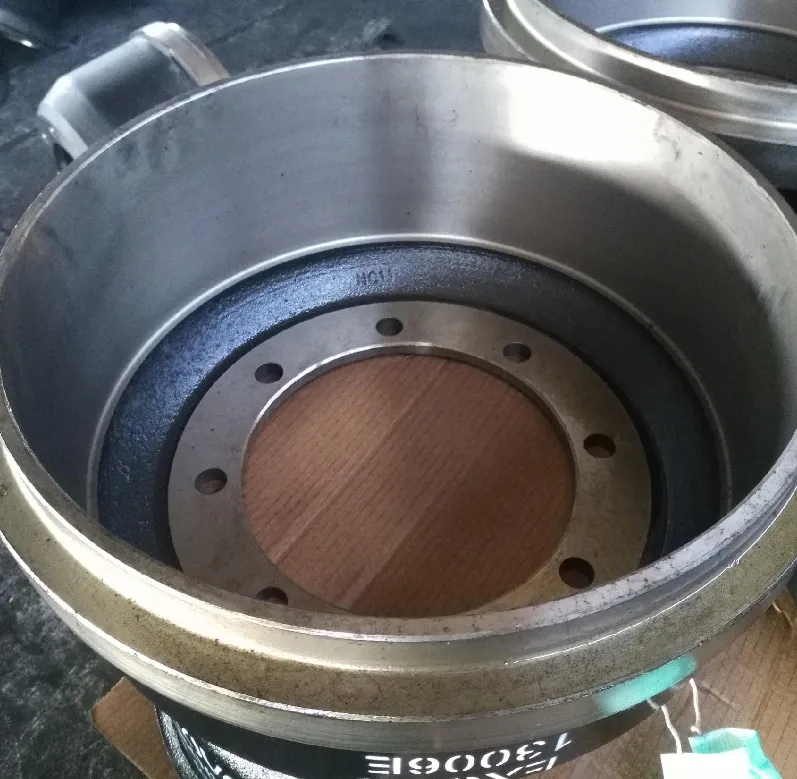
-
 Afrikaans
Afrikaans -
 Albanian
Albanian -
 Amharic
Amharic -
 Arabic
Arabic -
 Armenian
Armenian -
 Azerbaijani
Azerbaijani -
 Basque
Basque -
 Belarusian
Belarusian -
 Bengali
Bengali -
 Bosnian
Bosnian -
 Bulgarian
Bulgarian -
 Catalan
Catalan -
 Cebuano
Cebuano -
 Corsican
Corsican -
 Croatian
Croatian -
 Czech
Czech -
 Danish
Danish -
 Dutch
Dutch -
 English
English -
 Esperanto
Esperanto -
 Estonian
Estonian -
 Finnish
Finnish -
 French
French -
 Frisian
Frisian -
 Galician
Galician -
 Georgian
Georgian -
 German
German -
 Greek
Greek -
 Gujarati
Gujarati -
 Haitian Creole
Haitian Creole -
 hausa
hausa -
 hawaiian
hawaiian -
 Hebrew
Hebrew -
 Hindi
Hindi -
 Miao
Miao -
 Hungarian
Hungarian -
 Icelandic
Icelandic -
 igbo
igbo -
 Indonesian
Indonesian -
 irish
irish -
 Italian
Italian -
 Japanese
Japanese -
 Javanese
Javanese -
 Kannada
Kannada -
 kazakh
kazakh -
 Khmer
Khmer -
 Rwandese
Rwandese -
 Korean
Korean -
 Kurdish
Kurdish -
 Kyrgyz
Kyrgyz -
 Lao
Lao -
 Latin
Latin -
 Latvian
Latvian -
 Lithuanian
Lithuanian -
 Luxembourgish
Luxembourgish -
 Macedonian
Macedonian -
 Malgashi
Malgashi -
 Malay
Malay -
 Malayalam
Malayalam -
 Maltese
Maltese -
 Maori
Maori -
 Marathi
Marathi -
 Mongolian
Mongolian -
 Myanmar
Myanmar -
 Nepali
Nepali -
 Norwegian
Norwegian -
 Norwegian
Norwegian -
 Occitan
Occitan -
 Pashto
Pashto -
 Persian
Persian -
 Polish
Polish -
 Portuguese
Portuguese -
 Punjabi
Punjabi -
 Romanian
Romanian -
 Russian
Russian -
 Samoan
Samoan -
 Scottish Gaelic
Scottish Gaelic -
 Serbian
Serbian -
 Sesotho
Sesotho -
 Shona
Shona -
 Sindhi
Sindhi -
 Sinhala
Sinhala -
 Slovak
Slovak -
 Slovenian
Slovenian -
 Somali
Somali -
 Spanish
Spanish -
 Sundanese
Sundanese -
 Swahili
Swahili -
 Swedish
Swedish -
 Tagalog
Tagalog -
 Tajik
Tajik -
 Tamil
Tamil -
 Tatar
Tatar -
 Telugu
Telugu -
 Thai
Thai -
 Turkish
Turkish -
 Turkmen
Turkmen -
 Ukrainian
Ukrainian -
 Urdu
Urdu -
 Uighur
Uighur -
 Uzbek
Uzbek -
 Vietnamese
Vietnamese -
 Welsh
Welsh -
 Bantu
Bantu -
 Yiddish
Yiddish -
 Yoruba
Yoruba -
 Zulu
Zulu
Jan . 20, 2025 15:39
Back to list
components of a drum brake
Understanding the Components of a Drum Brake A Comprehensive Guide for Enthusiasts and Professionals
The return springs in a drum brake system maintain tension between components and ensure that the brake shoes retract from the drum after the brake pedal is released. These springs help prevent the shoes from dragging on the drum, which can lead to accelerated wear and diminished fuel efficiency. Keeping the return springs in good condition is crucial for maintaining the smooth operation of the braking system. Adjuster mechanisms, which might be manual or automatic, help maintain the proper distance between the shoes and the drum. Over time, as the brake lining wears, this gap widens, affecting performance. The adjuster ensures that the shoes remain close enough to the drum to deliver prompt and efficient braking without dragging. Backing plates serve as the mounting surface for the wheel cylinder, brake shoes, and various springs. This component offers structural support and maintains alignment within the system. Its robust design helps protect internal components from road debris and moisture, which can lead to corrosion or mechanical failure. Lastly, the parking brake mechanism operates within the drum brake, typically using a cable to engage the brake shoes even when hydraulic pressure is not applied. This critical feature ensures that the vehicle remains stationary when parked, particularly on inclines. In conclusion, each component of a drum brake system plays a vital role in delivering effective braking performance. Understanding the interactions between these parts provides valuable insights into maintenance, troubleshooting, and future innovations in braking technology. Whether it's for a classic car enthusiast or a professional mechanic, a comprehensive knowledge of drum brakes is integral to preserving the safety and functionality of countless vehicles on the road today.


The return springs in a drum brake system maintain tension between components and ensure that the brake shoes retract from the drum after the brake pedal is released. These springs help prevent the shoes from dragging on the drum, which can lead to accelerated wear and diminished fuel efficiency. Keeping the return springs in good condition is crucial for maintaining the smooth operation of the braking system. Adjuster mechanisms, which might be manual or automatic, help maintain the proper distance between the shoes and the drum. Over time, as the brake lining wears, this gap widens, affecting performance. The adjuster ensures that the shoes remain close enough to the drum to deliver prompt and efficient braking without dragging. Backing plates serve as the mounting surface for the wheel cylinder, brake shoes, and various springs. This component offers structural support and maintains alignment within the system. Its robust design helps protect internal components from road debris and moisture, which can lead to corrosion or mechanical failure. Lastly, the parking brake mechanism operates within the drum brake, typically using a cable to engage the brake shoes even when hydraulic pressure is not applied. This critical feature ensures that the vehicle remains stationary when parked, particularly on inclines. In conclusion, each component of a drum brake system plays a vital role in delivering effective braking performance. Understanding the interactions between these parts provides valuable insights into maintenance, troubleshooting, and future innovations in braking technology. Whether it's for a classic car enthusiast or a professional mechanic, a comprehensive knowledge of drum brakes is integral to preserving the safety and functionality of countless vehicles on the road today.
Next:
Latest news
-
What Are Drum BrakesNewsJul.07,2025
-
Understanding Brake Drum MaterialNewsJul.07,2025
-
Semi-Trailer Brake Drum: A Key Component for Extreme Loads and Long-Distance TransportNewsJul.07,2025
-
Drum Brake Pads for SaleNewsJul.07,2025
-
Brake Drums for SaleNewsJul.07,2025
-
Brake Drum ManufacturerNewsJul.07,2025
-
Aluminum Brake Drums: The Future of High-Performance CarsNewsJul.07,2025
